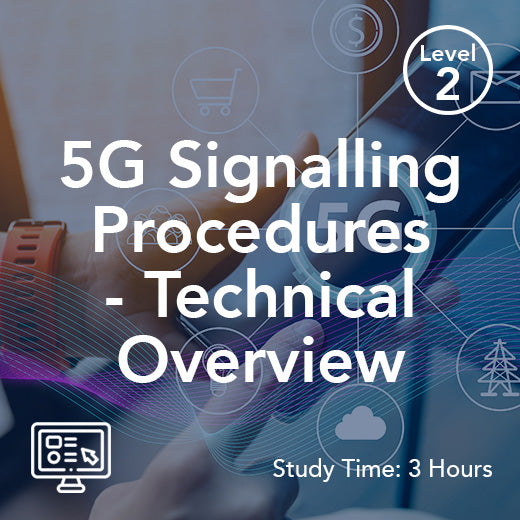Lac Konum Alan Kodu
- , by Stephanie Burrell
- 2 min reading time
Konum Alan Kodu (LAC), Birleşik Krallık'taki hücresel ağ altyapısının temel bir unsurudur. Mobil cihazlar ile ağ altyapısı arasında kesintisiz iletişimin sağlanmasında önemli bir rol oynar. LAC'nin önemini anlamak, hem telekomünikasyon profesyonelleri hem de genel halk için mobil ağların nasıl çalıştığını ve kullanıcıların deneyimlediği hizmet kalitesini nasıl etkileyebileceğini anlamak açısından önemlidir.
Birleşik Krallık telekomünikasyon ortamında, LAC, hücresel ağ içindeki belirli bir coğrafi alan için benzersiz bir tanımlayıcı görevi görür. Her LAC, mobil cihazların ağa bağlanabileceği belirli bir konum alanına karşılık gelir. Bir mobil cihaz yeni bir konum alanına girdiğinde, o alanın LAC'sini kullanarak ağa kaydolur ve ağın cihazın konumunu izlemesine ve iletişimini buna göre yönetmesine olanak tanır.
Hücresel ağ içinde verimli geçiş prosedürlerinin sağlanmasında LAC'lerin kullanımı özellikle önemlidir. Geçiş, bir mobil cihazın devam eden bir arama veya veri oturumunu sürdürürken bir hücreden diğerine geçiş yaptığı süreçtir. Ağ, mevcut ve hedef konum alanlarının LAC'lerini belirleyerek, sorunsuz bir geçiş sürecini kolaylaştırabilir, arama kesintilerini en aza indirebilir ve hareket halindeki kullanıcılar için kesintisiz bağlantı sağlayabilir.
Ayrıca, LAC'ler ağ optimizasyonu ve kaynak yönetiminde hayati bir rol oynar. Operatörler, ağı farklı konum alanlarına bölerek ağ kaynaklarını daha verimli bir şekilde tahsis edebilir ve kapasitenin farklı coğrafi bölgelere uygun şekilde dağıtılmasını sağlayabilir. Bu, operatörlerin ağ performansını optimize etmelerini, kapsama alanını geliştirmelerini ve aboneler için genel hizmet kalitesini iyileştirmelerini sağlar.
Kullanıcı açısından bakıldığında, LAC, arama kurulum süresi, sinyal gücü ve veri hızları açısından mobil deneyimi de etkileyebilir. Bir mobil cihaz yeni bir konum alanındaki bir hücreye kaydolduğunda, ağın yönlendirme bilgilerini güncellemesi gerekebilir ve bu da arama kurulumunda küçük bir gecikmeye neden olabilir. Ayrıca, ağ tıkanıklığı ve kaynak tahsis politikaları konum alanları arasında farklılık gösterebileceğinden, kullanıcıların deneyimlediği sinyal gücü ve veri hızları bağlı oldukları LAC'ye bağlı olarak değişebilir.
Birleşik Krallık telekomünikasyon sektöründe faaliyet gösteren işletmeler için, LAC'lerin etkilerini anlamak, ağ planlama, optimizasyon ve sorun giderme açısından hayati önem taşır. Operatörler, LAC verilerini ve performans ölçümlerini analiz ederek, yoğun trafik alanları veya kapsama boşlukları gibi dikkat gerektiren ağ alanlarını belirleyebilir ve hizmet kalitesini ve müşteri memnuniyetini artırmak için hedefli çözümler uygulayabilirler.
Sonuç olarak, Konum Alan Kodu (LAC), Birleşik Krallık'taki hücresel ağ altyapısının kritik bir bileşenidir ve ağ yönetimi, devir teslim prosedürleri ve kullanıcı deneyiminde kilit bir rol oynar. LAC'lerin önemini ve mobil iletişim üzerindeki etkilerini kavrayarak, hem sektör profesyonelleri hem de tüketiciler, telekomünikasyon ekosisteminin işleyişi ve Birleşik Krallık'taki mobil hizmet kalitesini etkileyen faktörler hakkında daha derin bir anlayış kazanabilirler.

































